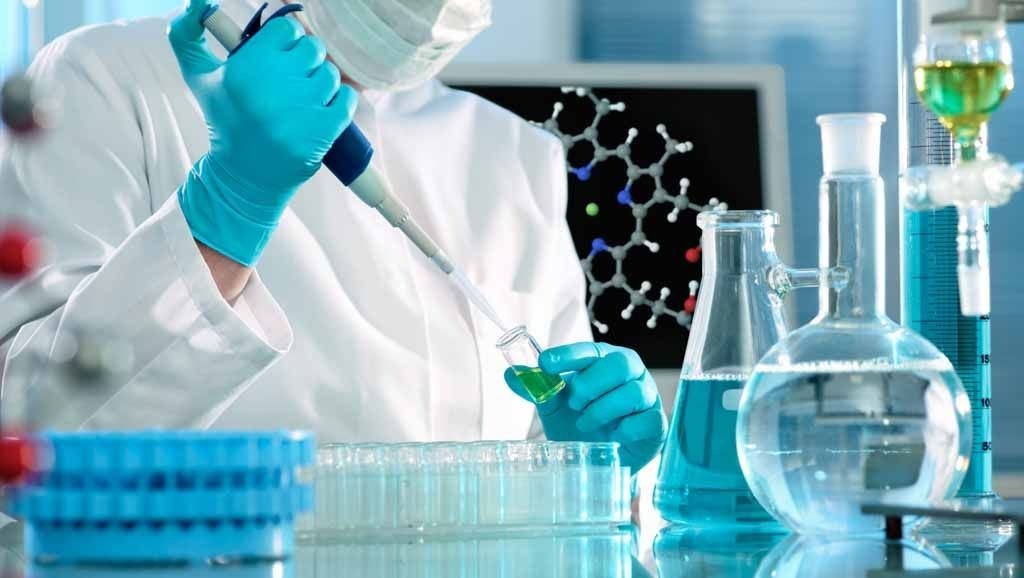Mammalian expression systems are crucial in the field of biotechnology and research, providing an efficient and reliable way to produce complex proteins that closely mimic those found in the human body. Used extensively for drug development, therapeutic research, and large-scale protein production, these systems have become the gold standard for producing functional proteins with authentic post-translational modifications. This article explores the fundamentals of mammalian expression systems, their benefits, and their wide-ranging applications.
1. What is a Mammalian Expression System?
A mammalian expression system is a method used to produce recombinant proteins in mammalian cells, such as HEK293 (Human Embryonic Kidney) and CHO (Chinese Hamster Ovary) cells. This system utilizes the cellular machinery of these host cells to transcribe and translate foreign genes into high-quality proteins that are structurally and functionally similar to those produced naturally in mammalian organisms.
The choice of using mammalian cells over other systems, like bacterial or yeast, often comes down to the need for complex protein folding, glycosylation, and other post-translational modifications that are critical for protein function and stability.
2. Benefits of Mammalian Expression Systems
Mammalian expression systems offer several key advantages that make them an ideal choice for producing complex proteins:
a. Proper Post-Translational Modifications
One of the primary reasons for choosing mammalian systems is their ability to perform human-like post-translational modifications, such as glycosylation, phosphorylation, and methylation. These modifications are often essential for the correct folding, stability, and functionality of proteins, particularly for therapeutic applications.
b. High-Quality Protein Production
Mammalian cells are capable of producing proteins with a high degree of structural and functional integrity. This makes them suitable for applications that require accurate protein characteristics, such as antibody production, enzyme assays, and receptor binding studies.
c. Scalability and Flexibility
Mammalian expression systems can be used for both small-scale research and large-scale production, making them versatile tools for a variety of research and industrial applications. Transient transfection methods allow for rapid protein production, while stable cell lines are used for consistent, long-term protein expression.
d. Functional Activity of Expressed Proteins
Proteins produced in mammalian cells often exhibit functional activities that are closer to native human proteins compared to those expressed in prokaryotic systems. This is particularly important for applications like drug development, where accurate biological activity is essential.
3. Types of Mammalian Expression Systems
Mammalian expression systems can be broadly categorized into transient and stable expression systems, each with its unique advantages depending on the research or production needs.
a. Transient Expression Systems
Transient expression involves the temporary introduction of a gene into mammalian cells, resulting in short-term protein production. This method is quick, making it ideal for applications that require rapid production of proteins in small to medium quantities. Transient expression is commonly used for early-stage research, screening experiments, and preclinical studies.
- Advantages: Quick turnaround time, no need for clonal selection, and suitable for high-throughput screening.
- Drawbacks: Limited to short-term production, usually lasting a few days.
b. Stable Expression Systems
Stable expression systems involve integrating the gene of interest into the host cell’s genome, resulting in long-term and consistent protein production. This system is ideal for large-scale production of therapeutic proteins, monoclonal antibodies, or proteins that require consistent yields over time.
- Advantages: Long-term protein expression, reliable yields, and suitability for large-scale production.
- Drawbacks: Requires more time and effort to develop stable cell lines, including clonal selection and screening.
4. Applications of Mammalian Expression Systems
The versatility and reliability of mammalian expression systems make them indispensable in various scientific and industrial fields:
a. Therapeutic Protein Production
Mammalian systems are used extensively in the pharmaceutical industry for producing therapeutic proteins such as monoclonal antibodies, hormones, and enzymes. Their ability to produce biologically active proteins with human-like modifications is critical for developing safe and effective drugs.
b. Vaccine Development
Mammalian cells are often used to express viral antigens for vaccine development. The proteins produced in these systems closely resemble their natural counterparts, ensuring better immunogenicity and safety profiles in vaccine candidates.
c. Functional Protein Studies
Researchers use mammalian cells to produce proteins for functional studies, such as receptor-ligand interactions, enzyme kinetics, and protein-protein binding assays. The accurate post-translational modifications in these systems ensure that the proteins behave similarly to their native counterparts.
d. Gene Therapy Research
Mammalian expression systems are also employed in gene therapy research, where viral vectors like adenoviruses or lentiviruses are used to deliver therapeutic genes into mammalian cells. This technique is essential for studying gene function and developing gene-based therapies.
5. Factors to Consider When Choosing a Mammalian Expression System
Choosing the right mammalian expression system depends on several factors:
- Protein Complexity: If the protein requires complex folding or specific modifications, a mammalian system is preferable.
- Speed vs. Consistency: Transient expression offers speed, while stable systems offer consistent, long-term production.
- Production Scale: Consider the scale of production needed—small-scale research vs. large-scale commercial production.
- Budget and Resources: Transient systems are generally less costly and faster to set up, while stable systems require more resources and time.
Conclusion
Mammalian expression systems are indispensable tools for producing high-quality proteins for research, therapeutic development, and industrial applications. With their ability to perform complex post-translational modifications and produce biologically active proteins, they offer significant advantages over other expression systems. Whether you need rapid protein production for research or stable long-term production for therapeutic applications, understanding the strengths and limitations of mammalian expression systems will help you choose the right approach for your needs.

